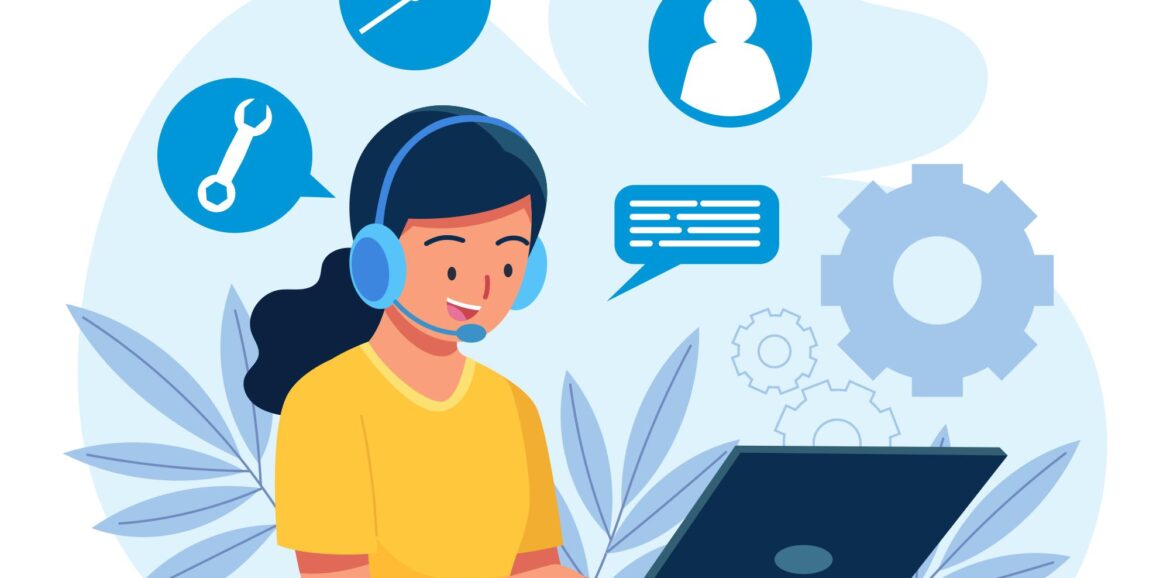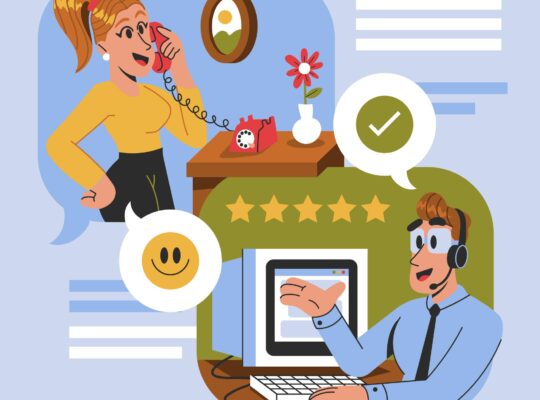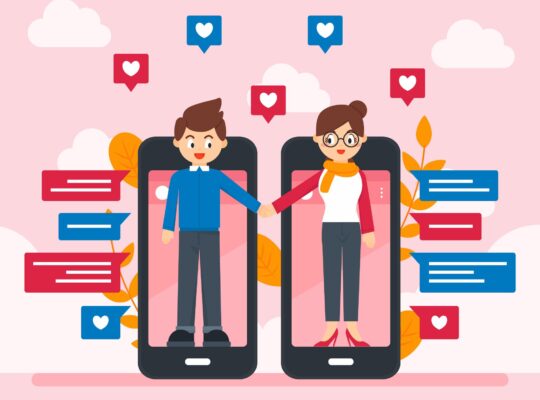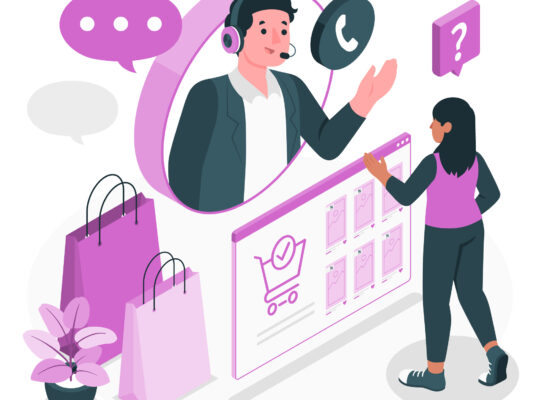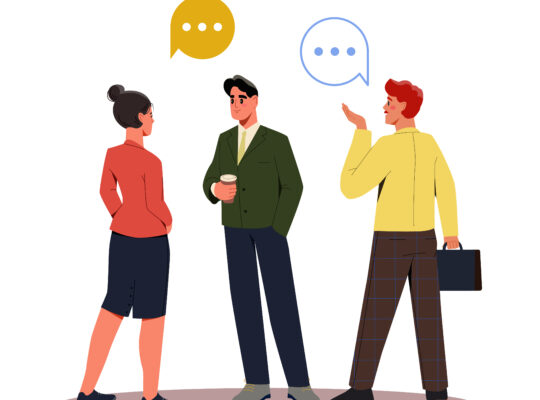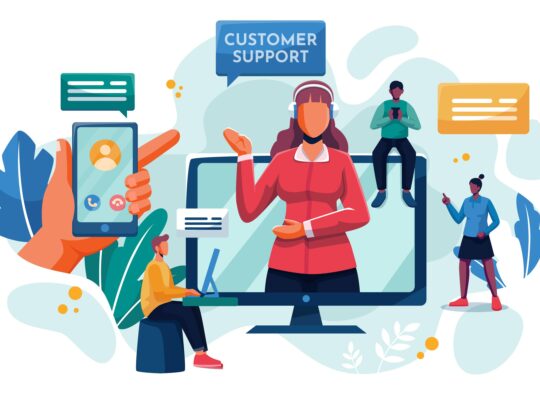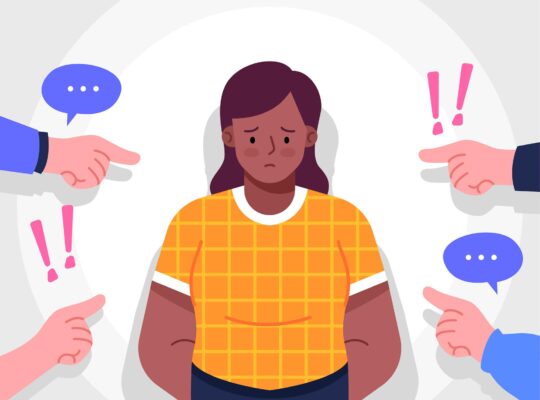| Customer Service Foundations | ||
| Instructor: Jeff Toister and Madecraft | ||
| Released: 2/28/2023 | Course Details 1h11m General | |
| Skills Covered Customer Service Customer Support | Course Link | |
| Professional Certifications and Continuing Education Units (CEUs) National Association of State Boards of Accountancy (NASABA) – CPE: 2.6 Project Management Institute (PMI) – PDU: 1 | ||
| Do your customers feel valued? When they do, they keep coming back. When they don’t, your business suffers. In this course, customer service expert Jeff Toister teaches you the three crucial skill sets needed to deliver outstanding customer service and increase customer loyalty. Learn how to build winning relationships, provide the right assistance at the right times, and effectively handle angry customers. He also shares ways to find out what your customers really think about your service, and use their feedback to improve. This course was created by Madecraft. We are pleased to host this training in our library. Learning objectives – Explore how you can build rapport with the people you serve. – Name three ways you can use active listening to serve your customers more effectively. – Identify the different types of needs that must be addressed in order to solve problems. – Explain the benefits of taking ownership of a problem. – Define “preemptive acknowledgment” and recognize its impact on customer service. – List two types of attitude anchors and explain their differences. Source: LinkedIN Learning | ||
Building Your Customer Service Skills
Defining customer service
Customer Experience
The sum of all the interactions that a customer has with an organization over the life of the “relationship” with that company… and, especially, the feelings, emotions, and perceptions the customer has about those interactions. – Annette Franz
Customer Service
The assistance and advice provided by a company to those people who buy or use its products or services – Oxford English Dictionary
Outstanding Customer Service
Helping your customers have great experiences
Identifying your customers
External
- Customers
- Clients
- Guests
Internal
- Coworkers
- Contractors
- Vendors
Treat everyone like a customer.
Making a difference for customers
You can provide outstanding customer service.
Make a list of what you gain in providing outstanding customer service. Think about specific situations where you went above and beyond.
I gain
- Enjoyment from helping
- Easy to serve customers
- A sense of accomplishment
My coworkers gain
- Fewer problems
- Positive energy
- Positive role model
My organization gains
- Increased profits
- Retained customers
- Positive word of mouth
Avoid burnout by staying focused
74% of customer service agents are at risk of burnouts.
Burnout
Physical, emotional, or mental exhaustion accompanied by decreased motivation, lowered performance, and negative attitudes toward oneself and others – APA Dictionary of Psychology.
Realize your work matters!
Building Rapport with your Customers
Connecting rapport to outstanding service
Building rapport is essential. Rapport has to feel authentic.
Customers are more:
- Trusting
- Willing to listen
- Loyal
- Forgiving of mistakes
Implementing techniques to build rapport
Rapport Building
- Make the first move
- Great warmly
- Use customer’s name
- Convey enthusiasm
- Demonstrate helpfulness
- Share your name
- Personalize your service
- Focus on one customer at a time
- Express appreciation
- Follow-up
What techniques do you do well already? What techniques would you like to try? What techniques can you add to the list? Be yourself.
Starting a conversation
Make a list of five icebreaker questions. Use one of these questions to start a conversation.
Conversationalist Goals
- Go beyond the generic
- Get customer talking
Care about their answer. Ask good, sincere questions to build rapport with customers.
Enhance your likeability
Face-To-Face Communications
Send a consistently positive message with your words, tone of voice, and body language.
Phone Communications
- Customers only hear your words and tone of voice
- Your body language matters
Positive Body Language
- Sit up straight
- Look directly at the screen
- Put on a big smile
- Give your best phone greeting
Written Communication
- Customers only have your words
- No body language and tone
Exceeding Customer Expectations
Uncovering customer needs
Take time to understand your customers and avoid service failures.
Discover Customer’s Needs
- Listen beyond their request.
- Identify the problem they’d like to solve.
Uncover your customer’s true needs and provide a better experience.
Actively listening to customers
Active Listening
Give customers your full attention and purposefully try to understand them.
Face to Face
- Face your customer
- Make eye contact
- Block out distractions
- Ask clarifying questions
- Paraphrase to confirm
- Slow down
Listening on the phone
- Eliminate distractions
- Focus on the customer’s needs
Listening when writing
- Pay close attention
- Don’t respond too quickly
Try to identify your customer’s unspoken needs.
Identifying emotional needs
Rational
The specific assistance a customer requests
Emotional
How a customer wants to feel about their experience
Outstanding service is linked to a customer’s positive emotions. Find alternative solutions.
It’s important to:
- Listen
- Empathize
- Apologize
Managing expectations
Service Failure
Service that falls short of a customer’s expectations.
Set appropriate expectations for your customers. Explain process and procedures to customers. Quote the worst-case time frame. Customers tend to hear and remember the best-case scenario. “2 to 4 weeks” becomes 2 weeks to customers, while “up to 4 weeks” removes ambiguity.
Help customers avoid potential disappointments. Create the opportunity to delight your customers. Better manage expectations by telling customers exactly when you’ll respond. When giving customers a response time, be specific and clear.
Don’t avoid the truth when you have to give a customer bad news.
Delivering Bad News
- Be honest
- Provide alternatives
Going the extra mile
- List your customers’ basic expectations
- Look at each expectation and think about opportunities for going beyond the expected.
Opportunity/Action
- Fast / Engage in small talk
- Friendly / Be personable
- Knowledgeable / Educate your customers
Solving Customer Service Challenges
Taking ownership of problems
Take Ownership
Accepting responsibility for finding a resolution, even if it means navigating around obstacles that get in the way.
Excuses for Avoiding Ownership:
- “That’s not my job.” – You can coordinate with someone to solve the problem.
- “I don’t want to get blamed.” – Ownership is about focusing on finding the solution.
- “I don’t have time.” – Customers view you as representing the entire company. Step up and resolve the issue.
Deflection
Puts the problem back on the customer.
Accepting Ownership
- Acknowledge the problem
- Refocus on a solution
- Follow-up
Empathizing with customers
Draw upon your own experiences when serving customers.
- Think of a situation where a customer was upset.
- Think about a situation where you had a similar feeling.
- Think of ways to demonstrate empathy.
Preventing negative emotions
- Spot the problem before your customer gets angry.
- Acknowledge your customer’s emotions.
- Fix the problem.
Preemptive Acknowledgement
- Spot anger-inducing situations before they happen
- Address their negative emotions before they boil over
- Prevents customers from experiencing negative emotions
Use Preemptive Acknowledgement before they get upset.
Defusing angry customers
Emotional Hijacking
When emotions become so strong that they hijack the rational part of the brain.
Don’t argue with customers. Try to help customers feel better so you can serve them.
Acknowledge and Refocus Technique
- Listen carefully
- Acknowledge their feelings
- Refocus on a solution
Allow time for the customer to recover. Stepping away can allow the customer time to cool down.
Anchoring your own attitude
Causes for a Bad Mood
- Negative customers
- Difficult coworkers
- Frustrating problems
- Feeling tired or ill
- Demanding bosses
When you become aware of a negative mood, you can do something about it.
Attitude Anchor
Anything that helps you anchor your attitude in a positive way.
Maintenance Anchors
Anything that helps you maintain a positive, upbeat, and customer-friendly attitude.
Examples:
- Exercise
- Have fun with friends/family
- Read a book
- Spent time with pets
Repair Anchor
Anything that can help you can help you get back into a positive mood when you start feeling a little grumpy.
Examples:
- Take a walk
- Cup of coffee
- Talk with a coworker
- Listen to music
- Look at pictures of children/friends/vacation
Expanding your influence
Focus on what you can control. There will be problems beyond your control.
Becoming a customer advocate
- Identify a problem harming the customer experience.
- Find ways to prevent other customers from experiencing the same problem.
- What caused the problem?
- Is it likely the problem will happen again?
- Who can fix this?
- Share customer feedback with the right people.
- Work tirelessly to help customers have a better experience.
| Remember! To experience the full benefit of this guide, I highly recommend you watch the full training session. |
